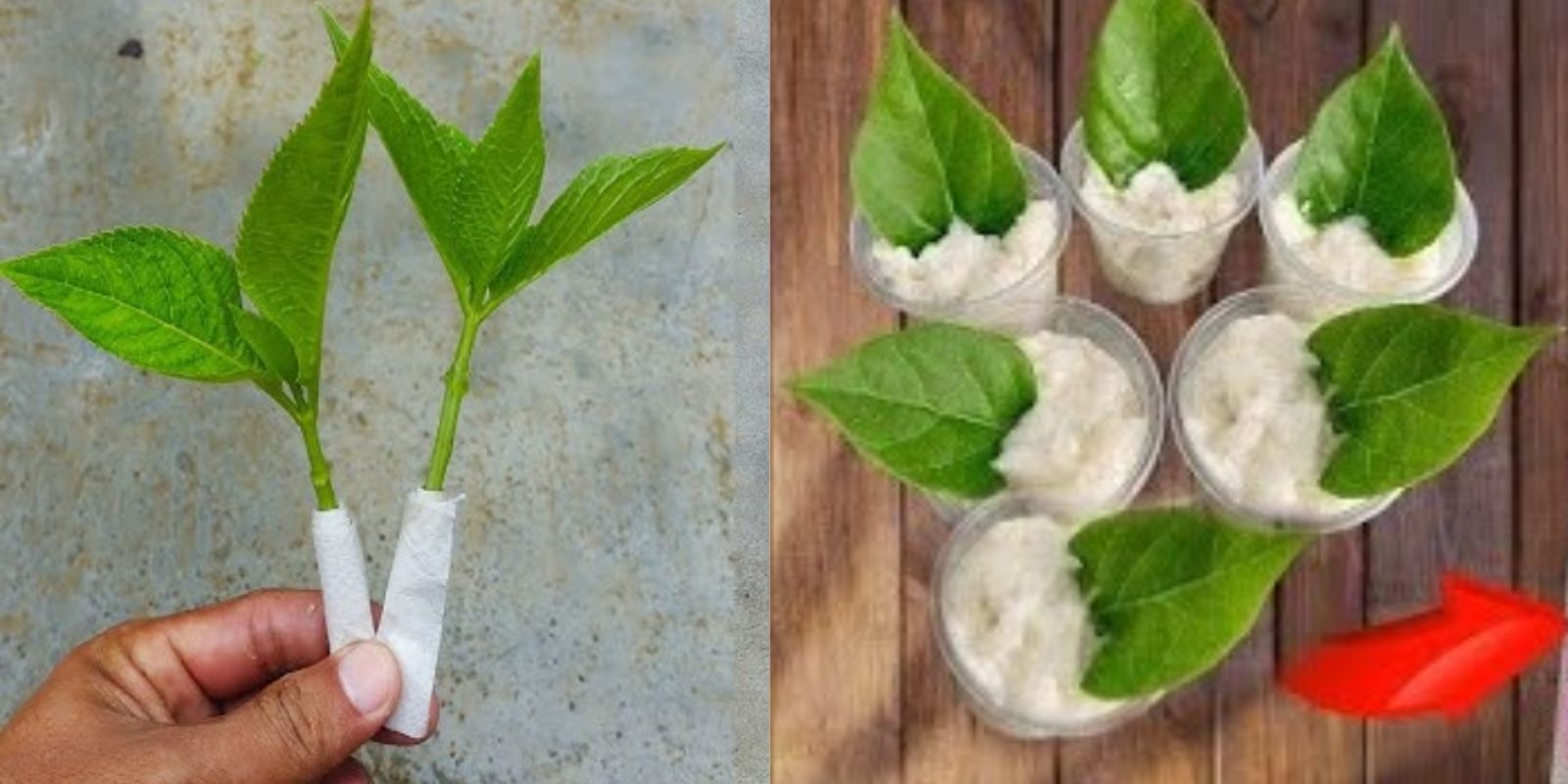Introduction
Gardening is a realm brimming with creative possibilities and innovative techniques. One such intriguing method is using paper flower leaves to grow roots overnight. This method, though unconventional, offers a fascinating way to propagate plants and explore new gardening horizons. In this article, we’ll delve into how you can use paper flower leaves to cultivate new plants, providing a step-by-step guide and exploring the science behind this unique technique.
Understanding the Concept
Before diving into the how-to, it’s essential to understand why and how paper flower leaves can develop roots. This method leverages the concept of moisture and rooting hormones to simulate the conditions that encourage plant growth. While paper itself doesn’t have the nutritional properties of soil, it can serve as a medium for initiating root development through specific techniques.
Why Use Paper Flower Leaves?
- Creativity and Innovation: This method introduces an innovative approach to plant propagation, adding a creative twist to traditional gardening practices.
- Cost-Effective: Paper is an inexpensive and readily available material, making this method accessible for gardeners of all levels.
- Educational Value: It provides an opportunity to learn about plant growth and propagation in a hands-on, engaging manner.
Materials Needed
- Absorbent paper or tissue paper
- Water
- Rooting hormone powder (optional)
- Shallow container or tray
- Clear plastic wrap or lid
Step-by-Step Guide
1. Prepare the Paper Leaves
Preparation is Key
Start by cutting out paper leaves from absorbent paper or tissue paper. The type of paper you use should be able to retain moisture without falling apart. Tissue paper works well due to its absorbent nature.
Moisten the Paper Leaves
Gently moisten the paper leaves with water. The goal is to ensure that the paper is damp but not overly soaked. Excess moisture can lead to mold growth, so aim for a balanced level of dampness.
2. Apply Rooting Hormone (Optional)
Enhancing Root Development
Rooting hormone powder can be used to accelerate root growth. While this step is optional, it can improve the success rate of rooting. To use, dip the edges of the moistened paper leaves into the rooting hormone powder, ensuring an even coating. Rooting hormone contains compounds that mimic the plant hormones responsible for root development.
3. Place the Leaves in a Container
Creating the Ideal Environment
Lay the moistened paper leaves flat in a shallow container or tray. The container should be clean and free from contaminants to prevent any adverse effects on the rooting process. Arrange the leaves so that they are not overlapping, allowing each leaf enough space to develop roots.
4. Create a Humid Environment
Maintaining Optimal Conditions
Cover the container with a clear plastic lid or wrap to maintain high humidity levels. This creates a mini-greenhouse effect, which helps retain moisture and provides a suitable environment for root development. Place the covered container in a warm, indirect light location. Direct sunlight can cause excessive heat and dry out the paper leaves, so opt for a location with gentle, filtered light.
5. Wait for Overnight Rooting
Monitoring and Patience
Leave the container undisturbed overnight. During this time, the combination of moisture and humidity will encourage the paper leaves to develop roots. Check the container periodically to ensure that it remains moist and free from mold.
Understanding the Science Behind the Technique
While paper leaves don’t contain nutrients like soil, the key to this technique is moisture retention and humidity. When paper is moistened, it creates a conducive environment for the plant hormones and rooting compounds to interact. These conditions can trigger the plant’s natural rooting processes, allowing the paper leaves to simulate root development.
Common Challenges and Solutions
- Mold Growth: Excess moisture can lead to mold growth on the paper leaves. To prevent this, ensure the paper is not overly soaked and that the container is well-ventilated.
- Inconsistent Rooting: Not all paper leaves may root successfully. Factors such as paper type, moisture levels, and environmental conditions can affect the outcome. Experiment with different paper types and conditions to find the best results.
- Paper Integrity: Paper can degrade over time, especially when wet. If the paper leaves begin to fall apart, consider using a more durable type of paper or adjusting the moisture levels.
Applications and Benefits
- Educational Tool: This method is an excellent way to teach and learn about plant propagation and growth. It provides a visual and hands-on approach to understanding plant biology.
- Creative Gardening: Using paper leaves for propagation adds a creative element to gardening, allowing gardeners to experiment with different techniques and materials.
- Starter Plants: Successfully rooted paper leaves can be transplanted into soil or other growing mediums, providing a head start for new plants.
Additional Tips for Success
- Experiment with Different Papers: Try various types of absorbent papers to see which works best for rooting. Some papers may retain moisture better or provide a more suitable medium for rooting.
- Monitor Humidity Levels: Regularly check the humidity levels within the covered container. If condensation builds up, remove the cover briefly to allow excess moisture to evaporate.
- Maintain Proper Lighting: Ensure that the paper leaves receive adequate but indirect light to support the rooting process without causing excessive heat or drying.
Conclusion
Growing roots from paper flower leaves overnight is a unique and innovative method of plant propagation that combines creativity with practical gardening techniques. By understanding and applying this approach, gardeners can explore new ways to propagate plants and enhance their gardening experience. Whether you’re a seasoned gardener or a beginner, this method offers an exciting opportunity to experiment with plant growth and propagation.
Encouragement for Gardeners
Embrace the creativity in your gardening practices and don’t be afraid to try unconventional methods. Share your experiences with fellow gardeners and inspire others to explore new and innovative ways to cultivate their plants. 🌱✨ #PaperFlowerRoots #GardeningInnovation #PlantPropagation #CreativeGardening #GreenThumb #HomeGardening #DIYPlanting #GardeningHacks #UrbanFarming

